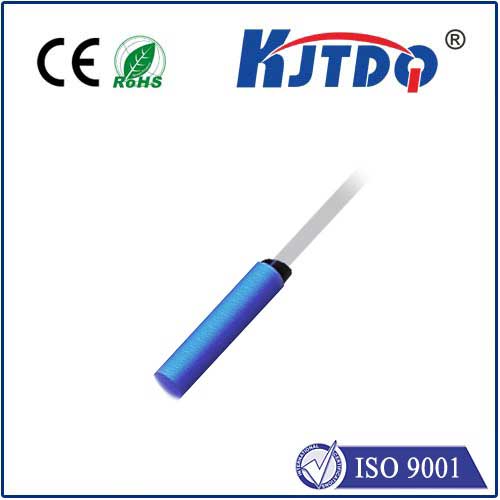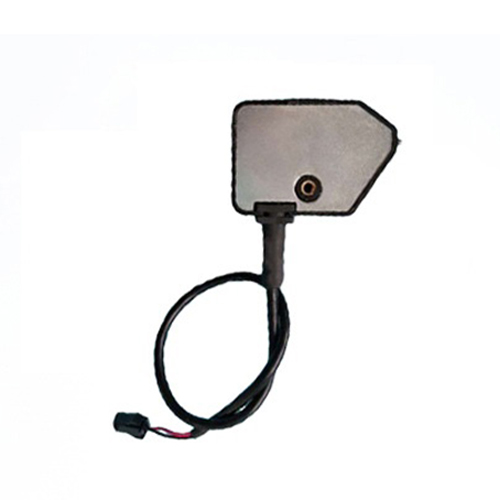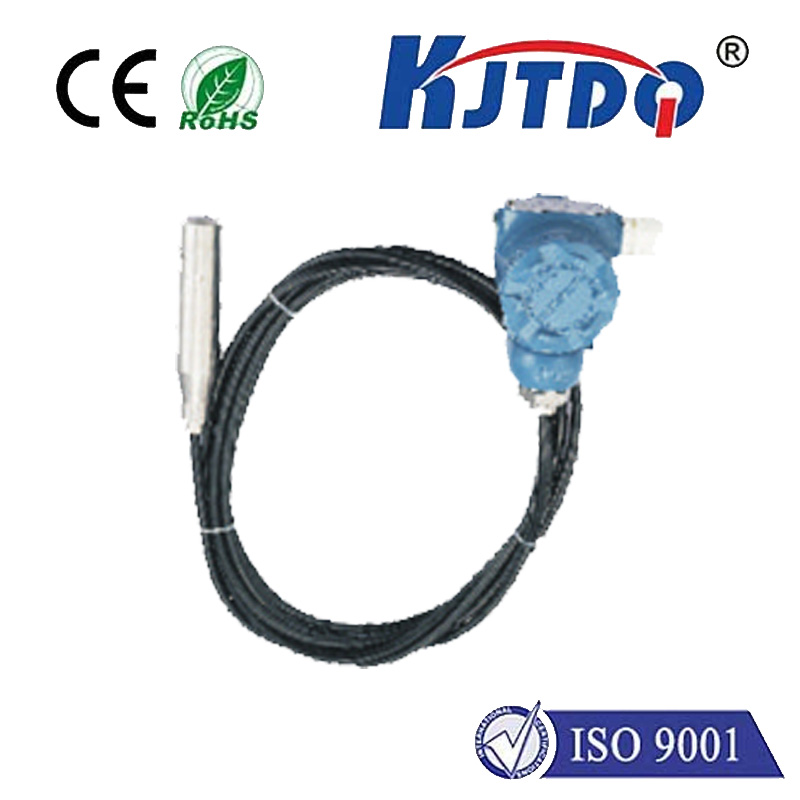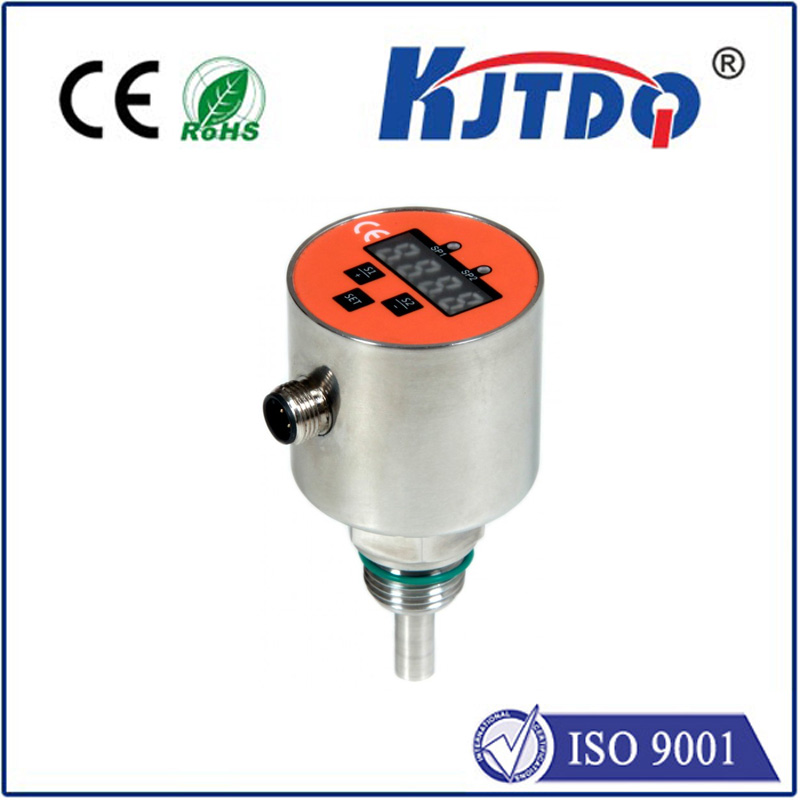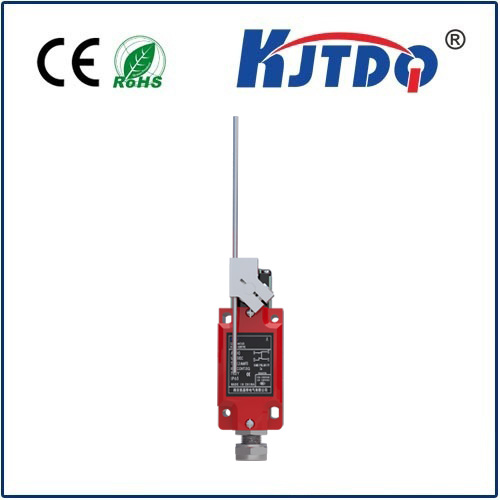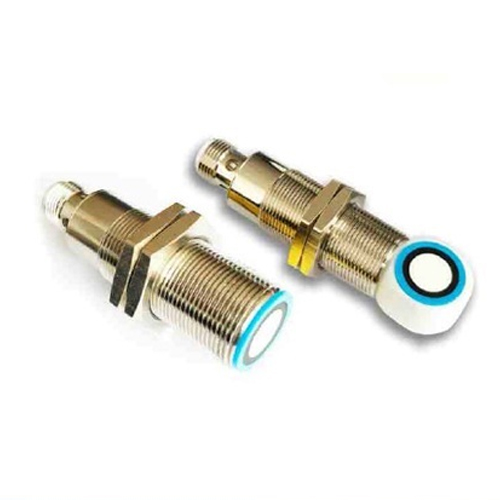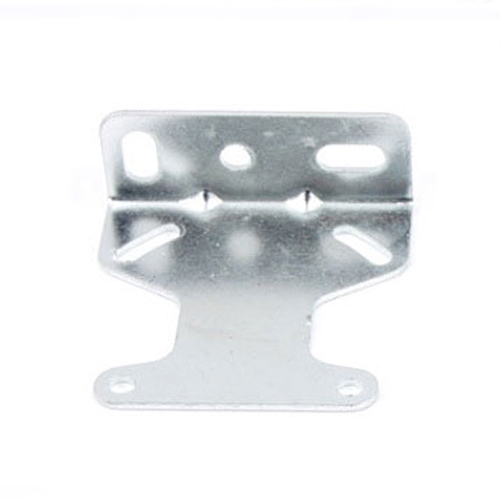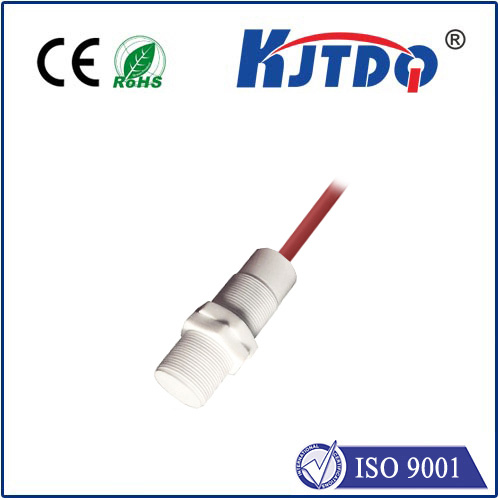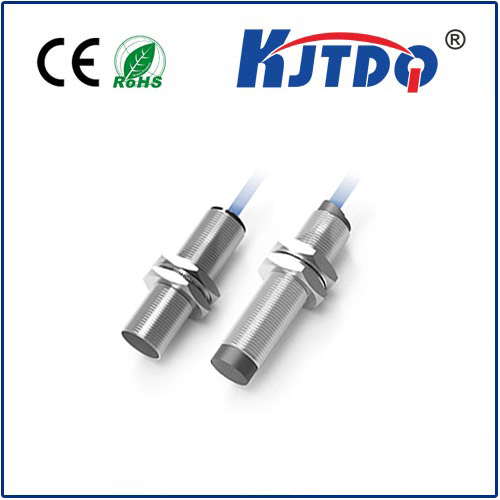

check

check

check

check

check

check

check

check

check

check
The world of technology has been constantly evolving, and with it, new innovations have emerged that have changed the way we live our lives. One such innovation is the use of laser sensors for height measurement. These sensors are revolutionizing the way we measure height, offering unparalleled accuracy and efficiency.
Laser sensors work by using a beam of light to measure distances. The laser beam is projected onto an object or surface, and then reflected back to the sensor. The time it takes for the light to travel from the sensor to the object and back again is used to calculate the distance between them. This technology has been applied in various fields, including construction, manufacturing, and even healthcare.
In the construction industry, laser sensors are used to measure the height of buildings and structures. They provide a quick and accurate measurement, eliminating the need for manual measurements that can be time-consuming and prone to errors. This not only saves time but also reduces the risk of accidents caused by workers climbing on ladders or scaffolding.

In manufacturing, laser sensors are used to measure the height of products and components during quality control processes. This ensures that products meet the required specifications and standards, improving overall product quality and customer satisfaction.
In healthcare, laser sensors are used to measure the height of patients, especially those who cannot stand or sit upright. This is particularly useful in situations where traditional methods of measuring height are not feasible or accurate enough.
One of the key benefits of using laser sensors for height measurement is their precision. Unlike traditional measuring tapes or rulers, which can be affected by human error or environmental factors, laser sensors provide consistent and accurate measurements every time. This makes them ideal for applications where precise measurements are essential, such as in scientific research or engineering projects.
Another advantage of laser sensors is their speed. Unlike manual measurements, which can take several minutes to complete, laser sensors can provide measurements in just a few seconds. This not only saves time but also allows for real-time monitoring and adjustments during production processes.
Furthermore, laser sensors are non-contact devices, meaning they do not come into physical contact with the object being measured. This eliminates the risk of damage to sensitive materials or surfaces, making them suitable for use in delicate environments such as museums or art galleries.
In conclusion, laser sensors have revolutionized height measurement by providing unparalleled accuracy, efficiency, and flexibility. Whether it's in construction, manufacturing, healthcare, or any other field, these sensors offer numerous benefits over traditional measuring methods. As technology continues to evolve, it's likely that we will see even more innovative uses for laser sensors in the future.

